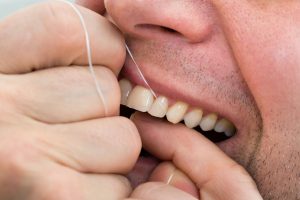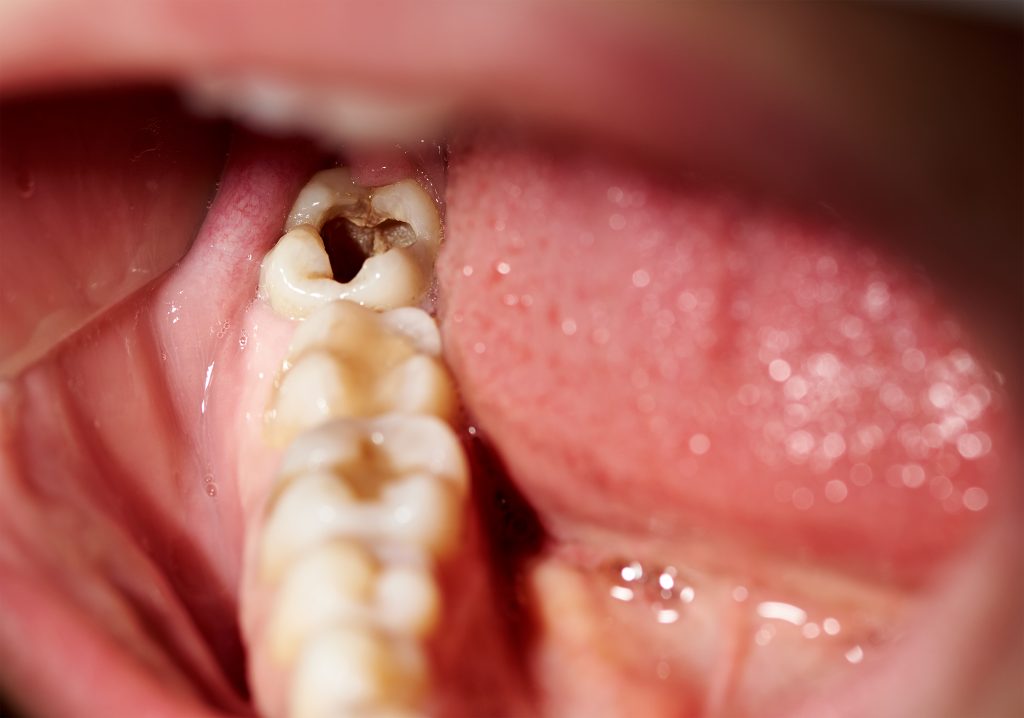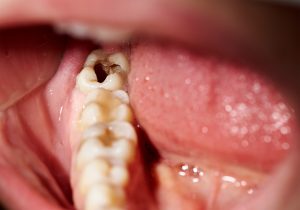
The chewing of sugarless gum increases the flow of saliva, which washes away food and other debris, neutralizes acids produced by bacteria in the mouth and provides disease-fighting substances throughout the mouth. Increased saliva flow also carries with it more calcium and phosphate to help strengthen tooth enamel.
Look for chewing gum with the ADA Seal because you can be sure it’s sugarless. All gums with the ADA Seal are sweetened by non-cavity-causing sweeteners such as aspartame, xylitol, sorbitol or mannitol. Of course, chewing sugar-containing gum increases saliva flow too, but it also contains sugar, which is used by plaque bacteria to produce decay-causing acids
Don’t let chewing sugarless gum replace brushing and flossing. It’s not a substitute. The ADA still recommends brushing twice a day with fluoride toothpaste and cleaning plaque from between your teeth once a day with dental floss or other interdental cleaners.
If you, your family or friends need dental care, we would be honored to provide you with state-of-the-art dental care in our modern dental practice. Refer someone you love to someone you trust!
Presented as a service to the community by Doctors Hoover and Yanda,
39 Milford Drive, Hudson, Ohio 44236. 330-650-0360. www.drshooverandyanda.com

 Brushing twice a day with an ADA certified fluoride toothpaste and flossing with dental floss or an interdental cleaner once a day is advised. Keep appointments with your dentist and hygienist for routine check-ups and teeth cleanings.
Brushing twice a day with an ADA certified fluoride toothpaste and flossing with dental floss or an interdental cleaner once a day is advised. Keep appointments with your dentist and hygienist for routine check-ups and teeth cleanings. You may be able to prevent two of the most common diseases of modern civilization, tooth decay (caries) and periodontal (gum) disease, simply by improving your diet. Decay results when the teeth and other hard tissues of the mouth are destroyed by acid products from oral bacteria. Certain foods and food combinations are linked to higher levels of cavity-causing bacteria. Although poor nutrition does not directly cause periodontal disease, many researchers believe that the disease progresses faster and is more severe in patients whose diet does not supply the necessary nutrients.
You may be able to prevent two of the most common diseases of modern civilization, tooth decay (caries) and periodontal (gum) disease, simply by improving your diet. Decay results when the teeth and other hard tissues of the mouth are destroyed by acid products from oral bacteria. Certain foods and food combinations are linked to higher levels of cavity-causing bacteria. Although poor nutrition does not directly cause periodontal disease, many researchers believe that the disease progresses faster and is more severe in patients whose diet does not supply the necessary nutrients. Talk to a dentist about sealants. Dental sealants are another good way to help avoid a cavity. Sealants are thin, plastic coatings painted onto the chewing surfaces of the back teeth, or molars. Here’s why sealants are helpful: The chewing surfaces of back teeth are rough and uneven because they have small pits and grooves. Food and bacteria can get stuck in the pits and grooves and stay there a long time because toothbrush bristles can’t easily brush them away. Sealants cover these surfaces and form a barrier that protects teeth and prevents food and bacteria from getting trapped there.
Talk to a dentist about sealants. Dental sealants are another good way to help avoid a cavity. Sealants are thin, plastic coatings painted onto the chewing surfaces of the back teeth, or molars. Here’s why sealants are helpful: The chewing surfaces of back teeth are rough and uneven because they have small pits and grooves. Food and bacteria can get stuck in the pits and grooves and stay there a long time because toothbrush bristles can’t easily brush them away. Sealants cover these surfaces and form a barrier that protects teeth and prevents food and bacteria from getting trapped there. Keep an eye on how often your child eats, as well as what she eats.
Keep an eye on how often your child eats, as well as what she eats.
 Fluoride is a mineral that can prevent tooth decay from progressing. It can even reverse, or stop, early tooth decay.
Fluoride is a mineral that can prevent tooth decay from progressing. It can even reverse, or stop, early tooth decay.